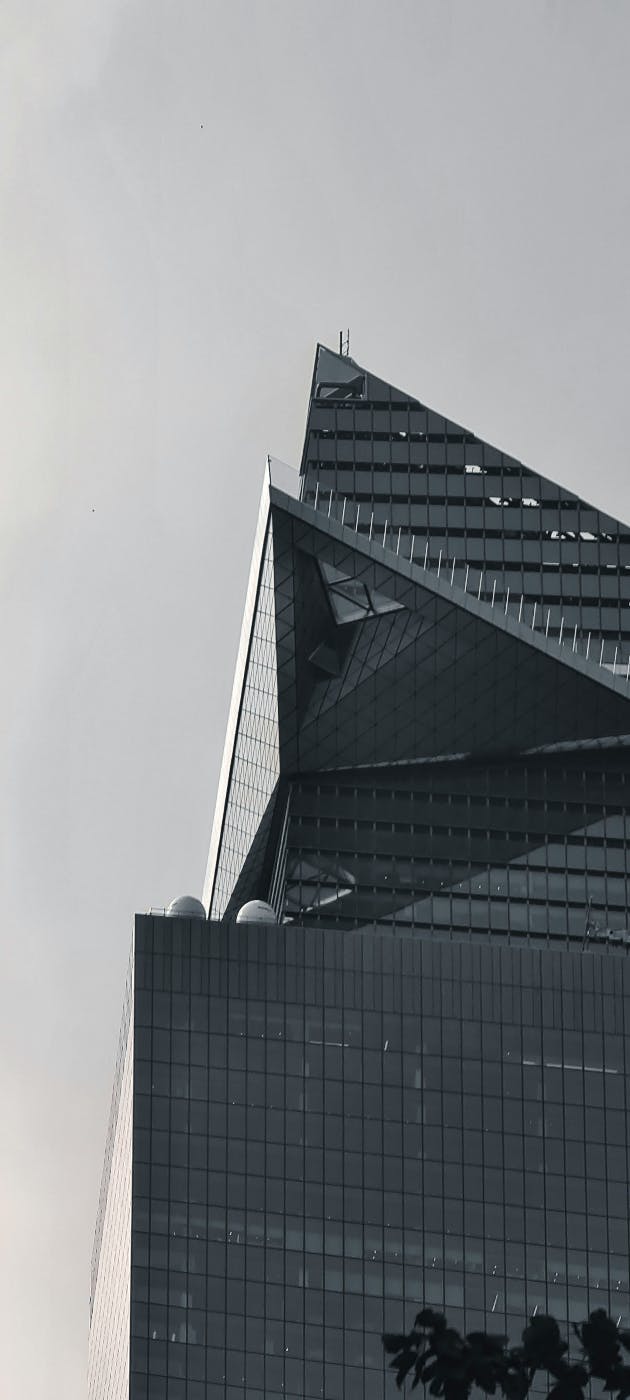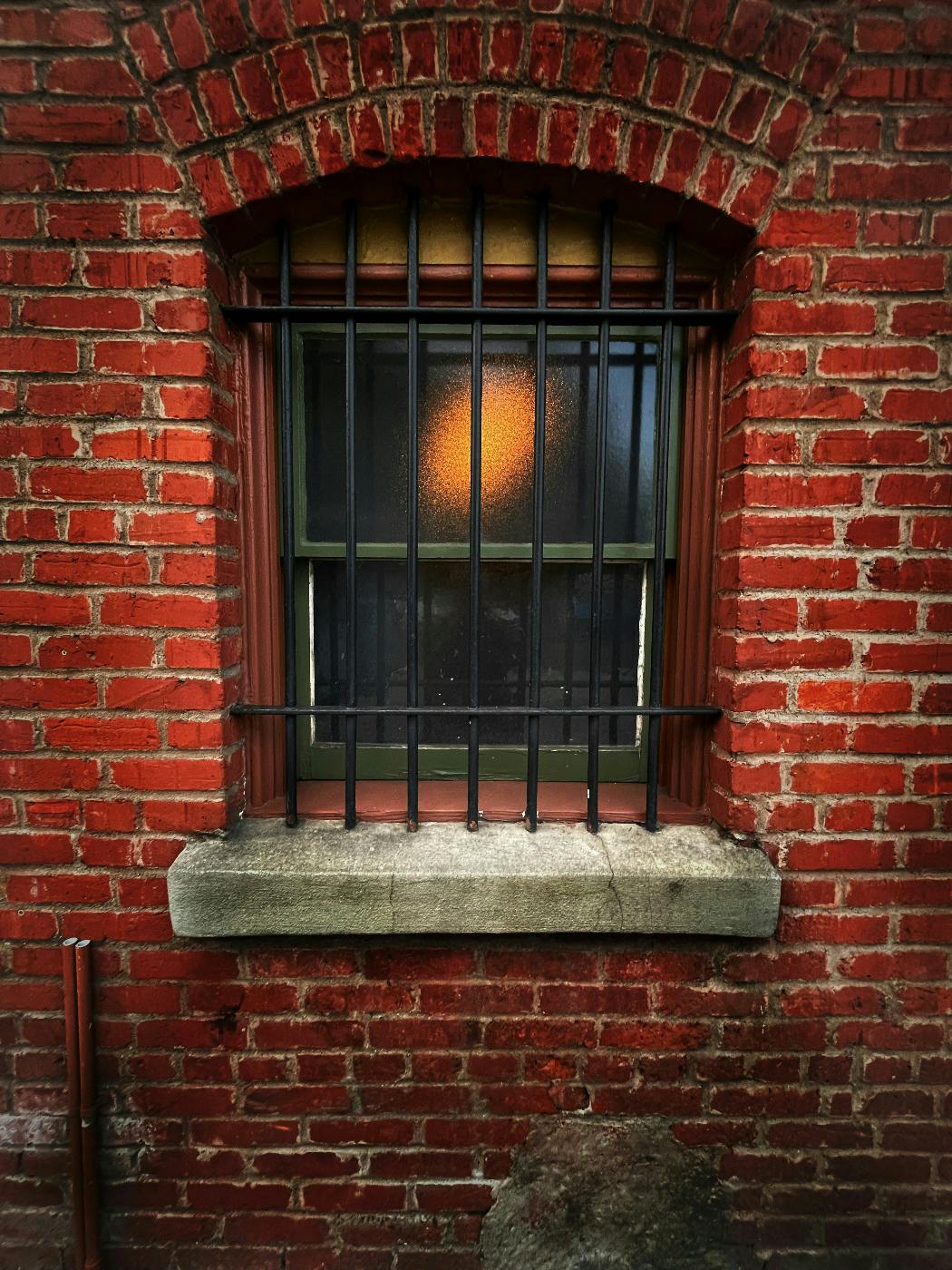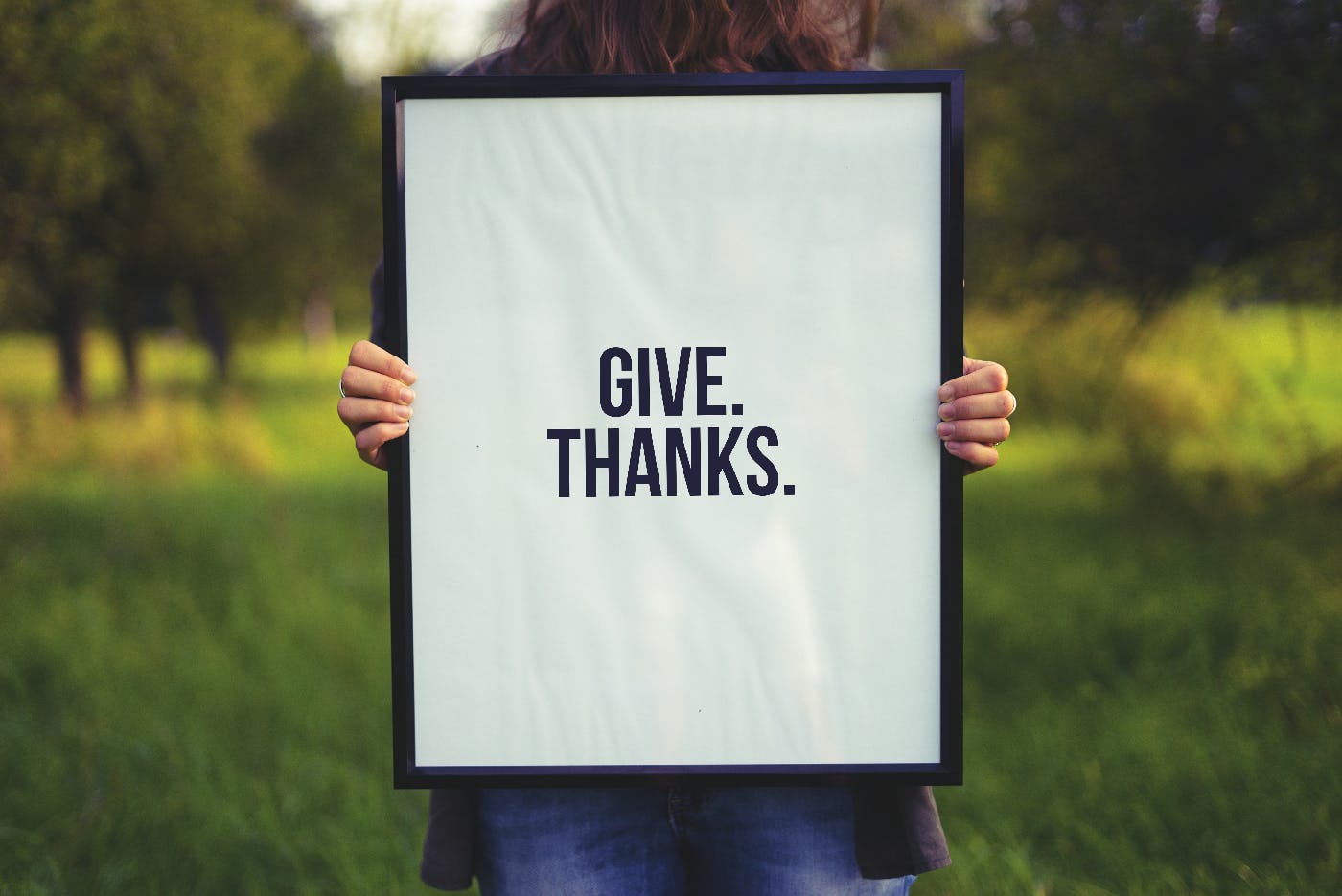
In creative pursuits, there’s often a temptation to play it safe. A joke that’s “too much” might feel risky. A painting that’s “too abstract” might not sell. But the greats—the ones we remember—rarely stopped at “good enough.”
A Moment of Possibility
Men were wearing hats, gentlemen with briefcases and long faces, and they were sporting traces of color, the little lady’s lipstick on a perpetually poorly shaved cheek. Mad Men, ad men sales guys, and C-suite lies. There were lots and lots of ties—to family, to office, to boss. All these images are on greyscale in my mind. Important people, I was told. They did serious work and, led serious lives, and made serious contributions to society. Now, that’s nothing to sneeze at.
A moment here, what, pray tell, would be something to sneeze at? Asking for a friend.
Some people look at this hat-clad mass of headfirst humanity and think, I want to be a part of that. That’s great. That is your goal and a fine, fine goal it is. Those people are necessary to keep the world moving. I was never influenced by that and those hat and clothes.
By what and by whom, by how and by why I was influenced is not better than the hats in my image-riddled mind, just different. And that difference is the glory of being human and hopefully humane. We’re still waiting to see.
But influences, be they hat and case or check box marked ‘other,’ can sometimes shape us and sometimes trap us.
Lemme Explain
My earliest influences were Chuck Jones, Friz Freleng, Tex Avery, Robert McKimson, Bob Clampett, and Leon Schlesinger—the great Warner Brothers animators of the 1930s through the 1960s. Many actors can point to a production or performance and say, "That’s when I knew I wanted to act." I had my moment, too. Mine came while watching the 1946 Looney Tunes cartoon Book Revue.
There’s a scene where Daffy Duck spots the Big Bad Wolf salting his leg for dinner. Daffy does a double take so extreme it transforms him into a giant eyeball. It wasn’t just funny—it was electric. It pushed the concept of a “reaction” so far that it became a masterpiece of absurdity. That moment stayed with me. I remember thinking, Wouldn’t it be amazing to take something that far?
I wasn’t thinking about becoming an actor or animator. I was simply struck by the audacity of it. What if life were like that? What if we let our reactions, ideas, and instincts run wild instead of holding back? That thought has stuck with me ever since. It’s a lesson I’ve found applies not just to creativity but to every part of life.

Creativity—Taking It to the Edge
In creative pursuits, there’s often a temptation to play it safe. A joke that’s “too much” might feel risky. A painting that’s “too abstract” might not sell. But the greats—the ones we remember—rarely stopped at “good enough.” They pushed further, trusted their instincts, and embraced the absurd.
Take Book Revue as an example. The animators didn’t have to make Daffy turn into a giant eyeball. A simple double-take would have sufficed. But they went for it, creating something so unexpected it became iconic. Chuck Jones, one of the greats behind Looney Tunes, once said that animation was about “exaggeration,” not realism. That ethos allowed them to create scenes and characters that transcended the medium.
We see this principle at work in every field. Consider writers like Kurt Vonnegut, who defied conventional storytelling to create novels that blend absurdity with profound human truths. Or painters like Salvador Dalí, who pushed surrealism to its wildest extremes. These artists dared to trust their instincts, even when their ideas seemed unconventional.
When you trust your instincts, you create authentic and boundary-pushing work. Sure, not every risk will pay off. But the ones that do? They’ll define your work, your voice, and your legacy.
Professional Life—Saying “Yes” to Opportunity
The same principle applies to your professional life. How many times have you hesitated to speak up in a meeting because your idea felt too out there? How often have you turned down opportunities because they seemed too big or outside your comfort zone?
Early in my career, I remember being in a brainstorming session for a project. Everyone was throwing out safe, predictable ideas. I had an unconventional, almost too far-fetched concept. I hesitated but finally said, “What if we did it like this?” To my surprise, the room lit up. That idea became the centerpiece of the project and one of my proudest achievements.
In work, the people who rise to the top are often the ones willing to say, Sure, why not? Instead of No, I can’t. They see challenges as invitations to grow rather than reasons to retreat.
Take Sara Blakely, the founder of Spanx, as an example. She started with an idea that many dismissed as frivolous—footless pantyhose. But she believed in it, took the risk, and said, “Why not?” Today, Spanx is a billion-dollar company.
Pushing the envelope professionally doesn’t mean being reckless. It means being willing to take calculated risks, trusting your skills, and believing in your potential. It’s about speaking up with that bold idea, even if it feels risky, or volunteering for a project that stretches your abilities.

Personal Growth—Breaking Your Limits
Pushing boundaries isn’t just about work or creativity. It’s also about challenging the limits you set for yourself. We all have internal voices that say, That’s not me, or, I could never do that. But often, those limits aren’t real—they’re just habits of thought.
A friend of mine had always dreamed of running a marathon but dismissed it as impossible. She wasn’t a runner, and the idea of running 26.2 miles seemed laughable. But one day, she decided to stop saying no to herself. She started training, one mile at a time. A year later, she crossed the finish line of her first marathon. That experience didn’t just change her fitness—it transformed her confidence.
When you stop saying no to yourself, you start discovering what you’re really capable of. Growth happens at the edge of your comfort zone. It’s about trusting that, even if you don’t know exactly what you’re doing, you’ll figure it out along the way.
Think about something you’ve always wanted to do but never tried because it felt too intimidating. Maybe it’s learning a new skill, traveling to a foreign country alone, or pursuing a passion you’ve put off for years. What’s stopping you?
Relationships—Building Connection Through Vulnerability
In both personal and professional relationships, pushing the envelope often means being more open, honest, and vulnerable than feels comfortable. It’s about saying what you mean, even when it’s hard.
Have you ever avoided a difficult conversation because you were afraid of how the other person might react? Or did you hold back a compliment because it felt awkward to say it out loud? These moments of hesitation can keep us from forming more profound connections.
I remember a colleague who once told me, “I appreciate how you always make space for everyone’s ideas.” It was a simple comment, but it meant the world to me. It also made me realize how rarely we express appreciation, even though it’s one of the easiest ways to strengthen relationships.
Being willing to push past that discomfort—to take the risk of being misunderstood or rejected—is what allows relationships to grow. It’s about saying, Yes, I’ll share this part of myself, even when it feels vulnerable.

The Power of Saying “Why Not?”
At its core, this philosophy is about adopting a mindset of possibility. When faced with a decision, big or small, what if your default answer wasn’t No, that’s too hard, or That’s not for me, but instead, Why not?
Why not take the leap? Why not pitch the wild idea? Why not turn into a giant eyeball for emphasis?
Richard Branson, the founder of Virgin Group, is famous for saying “yes” to opportunities, even when they seem outlandish. He once decided to start an airline on a whim despite having no experience in aviation. That airline, Virgin Atlantic, became one of the most successful in the world.
The world is full of opportunities for those willing to embrace the unexpected. Every time you say Yes to possibility, you’re opening the door to something new—something that could change your life in ways you never imagined.
Finding Your “Eyeball” Moment
That scene in Book Revue wasn’t just a funny gag. It was a reminder that the world is more open to possibility than we often believe. Whether it’s in your work, your relationships, or your personal growth, the key to success is the same: trust your instincts, take the risk, and don’t be afraid to go further than anyone expects.
So, what’s your version of turning into a giant eyeball? What’s the bold idea, the wild leap, the risky step you’ve been holding back on?
The next time you hesitate, remember this: the only way to see how far you can go is to stop saying no to yourself and start saying, Sure, why not? Yes, I can.

